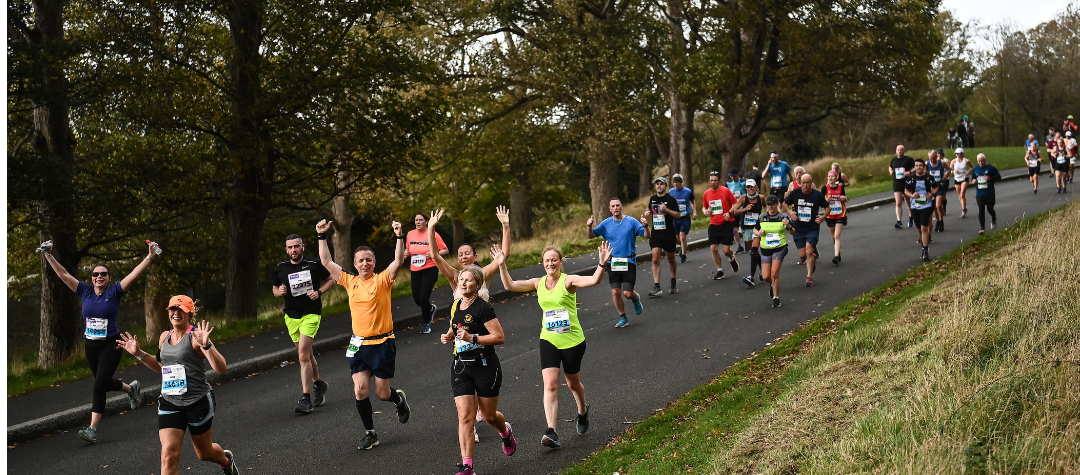Ready to get your social media campaign up and running? Here’s how to maximise your fundraising.
If you aren’t already using social media to enhance your fundraising campaign, start now. According to online statistics portal, Statista “in 2019, it is estimated that there will be around 2.77 billion social media users around the globe, up from 2.46 billion in 2017.”
Needless to say, communicating across this platform significantly improves your chances of receiving donations. Why go door-to-door when you can reach out and share your story with billions of people at the touch of button?
Be clear about what you want
Like we said, social media is all about the immediacy. If the user can’t access it now, has too much to read or is distracted by irrelevant information, then they will switch off and click off. If you want friends and followers to react and engage with your content, cater to their needs and give the audience what they want.
It doesn’t have to take a ridiculous amount of work; Twitter gives you 280 characters (doubling its previous limit of 140) to play with. But be pragmatic and clever about what you’re writing. Research the latest trends, be aware of what’s happening in the news and ensure that your content is relevant and accessible to its readers.
You’re asking your friends and family to part with their hard earned cash, so work on articulating a status or tweet that gives them a reason to. Keep it clear, concise and to the point – no fluff. Your goal is to raise ‘X amount of money’ to help ‘X amount of people,’ and this is how you plan to do it.
Once you're on the right track, then you can then supplement your initial post with rich blogs, photos and video content that document your journey.
Take a holistic approach
It goes without saying, use every social tool at your disposal. According to nonprofit resource site, npENGAGE “participants that adopted integrated social media tools increased their fundraising by as much as 40 percent compared to their peers who weren’t using the available online tools.”
In most instances, social media is free to use, so there’s nothing stopping you from signing up and sharing your story across several different platforms. The more eyes landing on your content, the better!
Make it shareable
Raising awareness for a cause you love doesn’t have to be all doom and gloom. Whilst the charities you’re raising money for do often tackle heartbreaking and harrowing issues; fundraising is the glimmer of hope that change is just around the corner.
Several studies have found that positive content beats negative content every time; including research conducted by Professors Jonah Berger and Katherine L. Milkman, who analysed the viral nature of New York Times articles over the course of three-months. From this they found that articles which stimulated positive “high arousal emotions” such as awe, received more clicks and shares.
If you want to make your campaign shareable, place positivity at the heart of it. You aren’t making light of dark issues; you’re simply showing your audience that you’re confident about your campaign and optimistic that your donations will make a difference. When appropriate, don’t be afraid to inject humour and fun into your statuses/tweets – personality is key to getting your content read.
Be reactive
You’ve got lots of lovely content just sitting there, now what. Whilst a proactive campaign packed with well-thought-out tweets, statuses and beautifully written blog posts are essential to increasing donations; remember to keep to the conversation going and maintain/build your existing success through reactive content.
Respond to social media activity that's relevant to you. Chat with like-minded fundraisers, or even tweet/tag @ the charity you're fundraising for to let them know what you're up to. Developing and cultivating an online presence is central to enhancing your fundraising network.
Always look for ways to improve
If you’re still struggling to increase donations through social media, don’t worry. Just think of it as your first attempt, test A if you will. Some factors will naturally hold back your campaign, like a lack of timing or poor use of language; but there’s always room for improvement.
Before you cut your losses and hark back to the trusty sponsorship form and pen, really analyse the stats and try to figure out what went wrong. Make a note of which content received the most engagement and on what days. By following your audience’s journey through Google Analytics, Facebook metrics and the likes, you can really see where readers lose interest and which content you need to push.
Request feedback on your campaign and welcome constructive criticism from previous sponsors. Insights into what caught their eye/what they didn’t like as much will prove useful for future social media campaigns.
Feeling inspired? Why not view our list of Partner Charities and pick a great cause to support.
Picture credit: 10 FACE / Shutterstock.com















